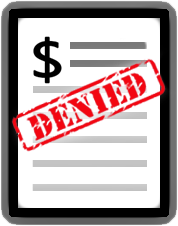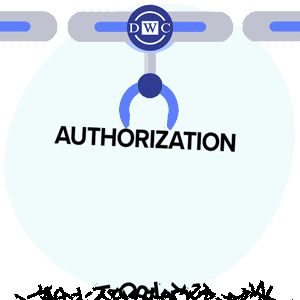New Original Bill Requirement Raises Lien Questions

On a typically overcast San Francisco morning earlier this month, the California Workers’ Compensation Appeals Board (WCAB) held a public hearing. The subject? Proposed regulations for the implementation of Senate Bill 1160’s lien reforms. For an issue with such long-reaching implications, the audience was surprisingly sparse – only two speakers rose to present statements. Despite the public hearing, details about the new Division of Workers’ Compensation (DWC) lien forms are still scarce. And one question in particular has us perplexed: When it comes to filing a lien, what, exactly, constitutes an “original bill”?
Section 8 of SB 1160, which amends Labor Code 4903.05, includes the following line: “For liens filed on or after January 1, 2017, the lien shall also be accompanied by an original bill in addition to either the full statement or itemized voucher supporting the lien.”
So lien claimants must now file two separate supporting documents:
- An original bill
- Either the full statement or itemized voucher
The requirement to include an “original bill” gets murky quickly.
The DWC’s Medical Billing and Payment Guide provides very specific criteria for the appropriate billing forms to use in medical treatment. However, no such resource exists for medical-legal bills, copy services, or interpreters – the DWC has not adopted a standardized billing format for any of these services.
Medical Billing and Payment Guide Required Billing Forms
Billing Form |
Used By |
CMS 1500 |
Physicians and Professional Health Care Providers Providers of DMEPOS Clinical Laboratories Ambulance Service Providers |
UB-04 |
Inpatient Hospitals Rehabilitation Hospitals Hospital Outpatient Departments Ambulatory Surgical Centers |
NCPDP |
Pharmacies (Except when billing for DMEPOS) |
ADA Dental Claim Form |
Dentists Dental Clinics Orthodontists |
For medical treatment liens, we advise that you include a copy of the appropriate original billing form above, as required by the DWC Medical Billing and Payment Guide. Electronic billers, including DaisyBillers, need to provide the correspondent completed paper billing form. This is easy in DaisyBill – simply click ‘View CMS 1500’ or ‘View NCPDP’ for the bill in question and print it out for your lien.
For medical-legal liens, we suggest that you use and submit the CMS 1500 form – by default, this has become standard practice within the billing community. The correct course of action for interpreters and copy services remains unclear.
Speakers at the WCAB public hearing did ask for clarification on this subject. Perhaps in response, the WCAB announced an extension of the period for public comment on these regulations. The comment period now closes on Wednesday, January 18.
If you have any questions or concerns about the requirement to attach an “original bill” to your lien – and especially if you are a medical-legal biller, copy service, or interpreter – we strongly encourage you to submit a public comment to the WCAB. You may do so by emailing the contact person listed on this page before 5 PM on the 18th.
If you have questions about the new lien declaration requirements, we’re more than happy to help. Start with our FAQ Article about the new DWC lien forms, or watch our lien declaration webinar below. If you’re still confused, feel free to contact us directly.
Lien Declaration Webinar
DaisyBill provides content as an insightful service to its readers and clients. It does not offer legal advice and cannot guarantee the accuracy or suitability of its content for a particular purpose.



